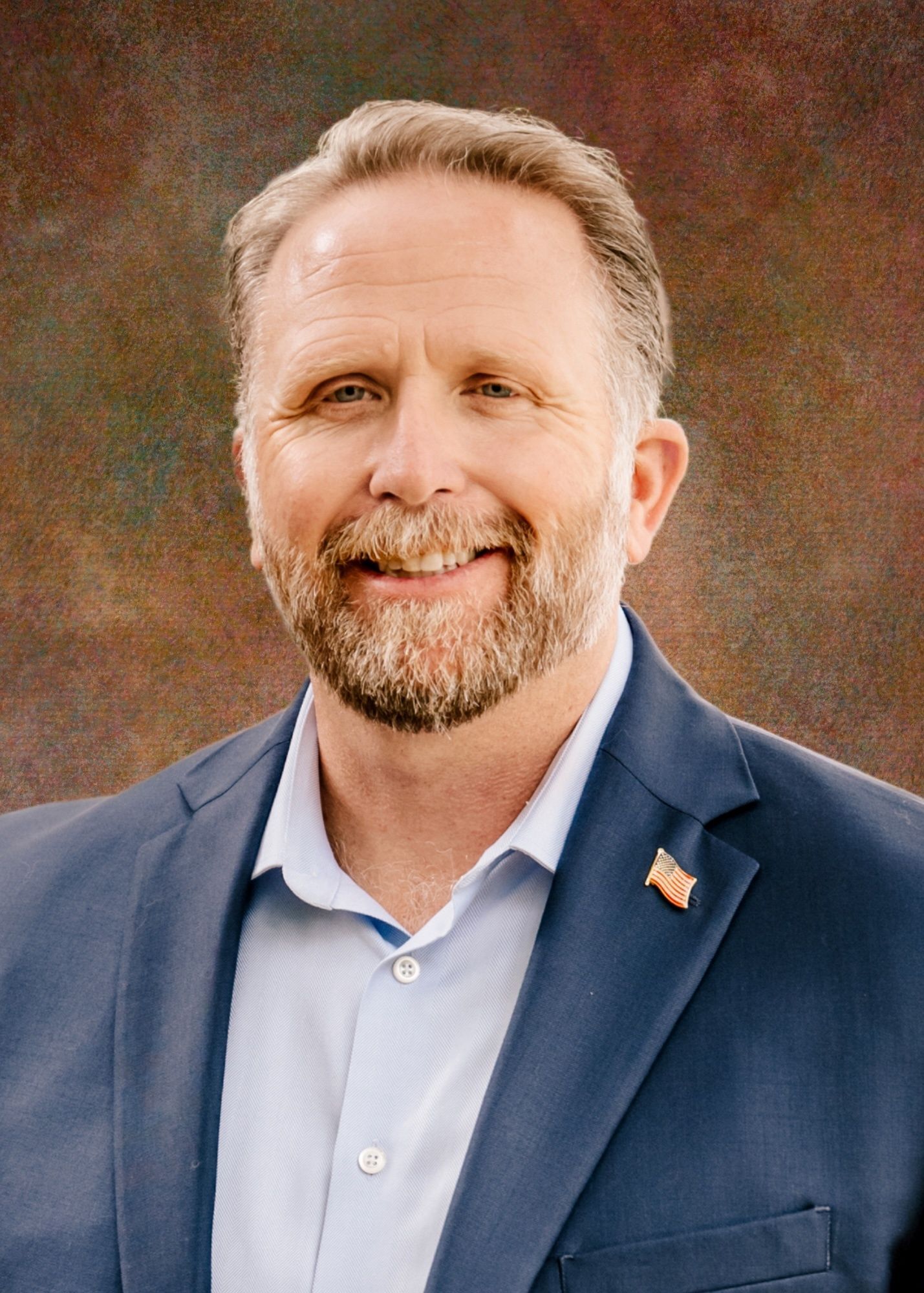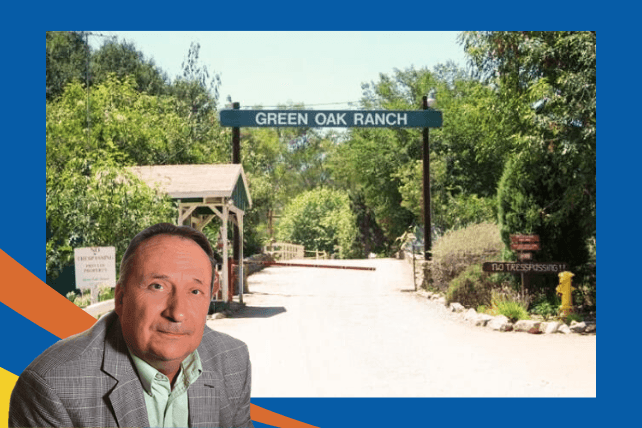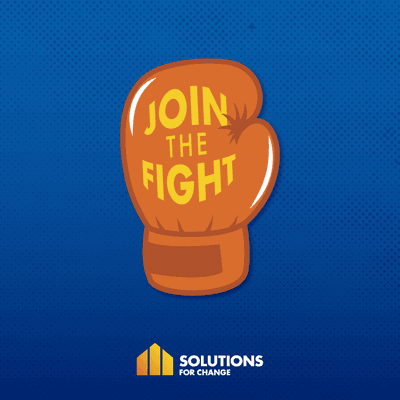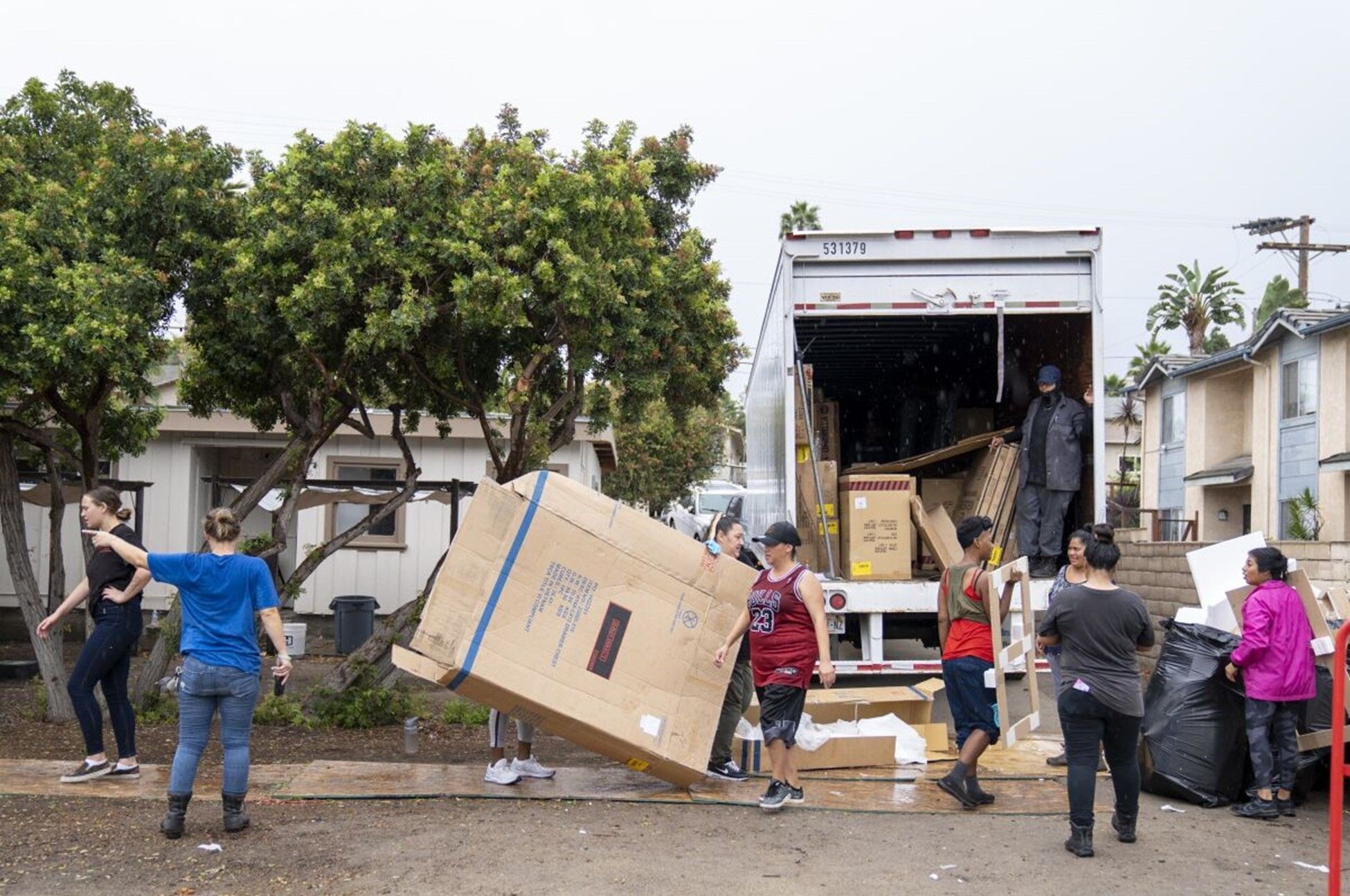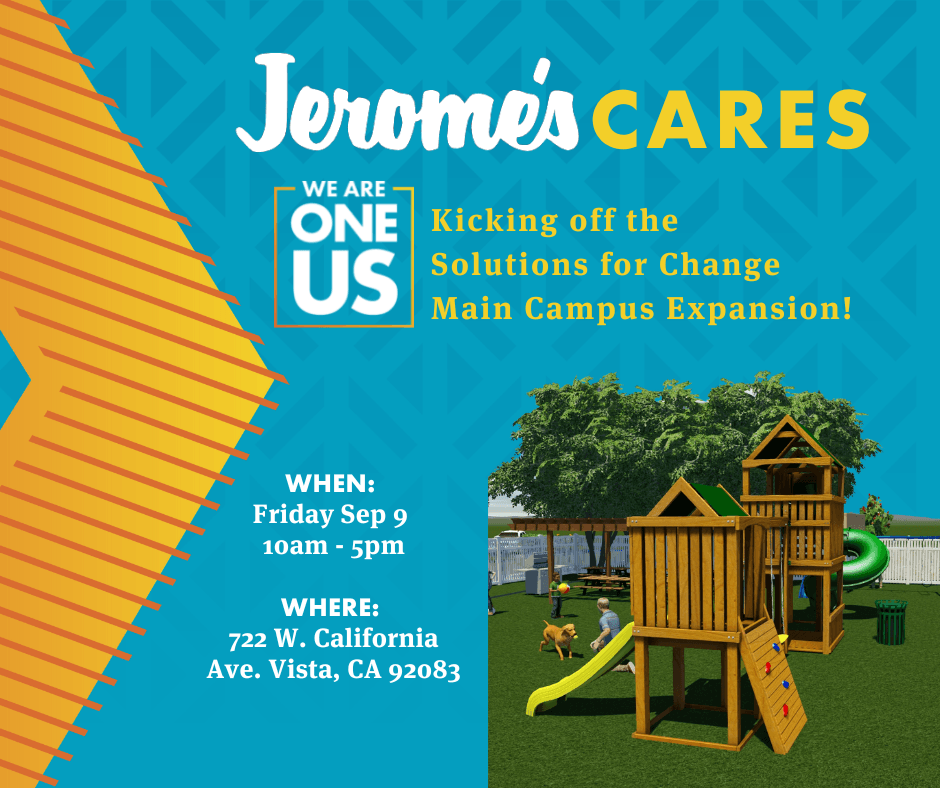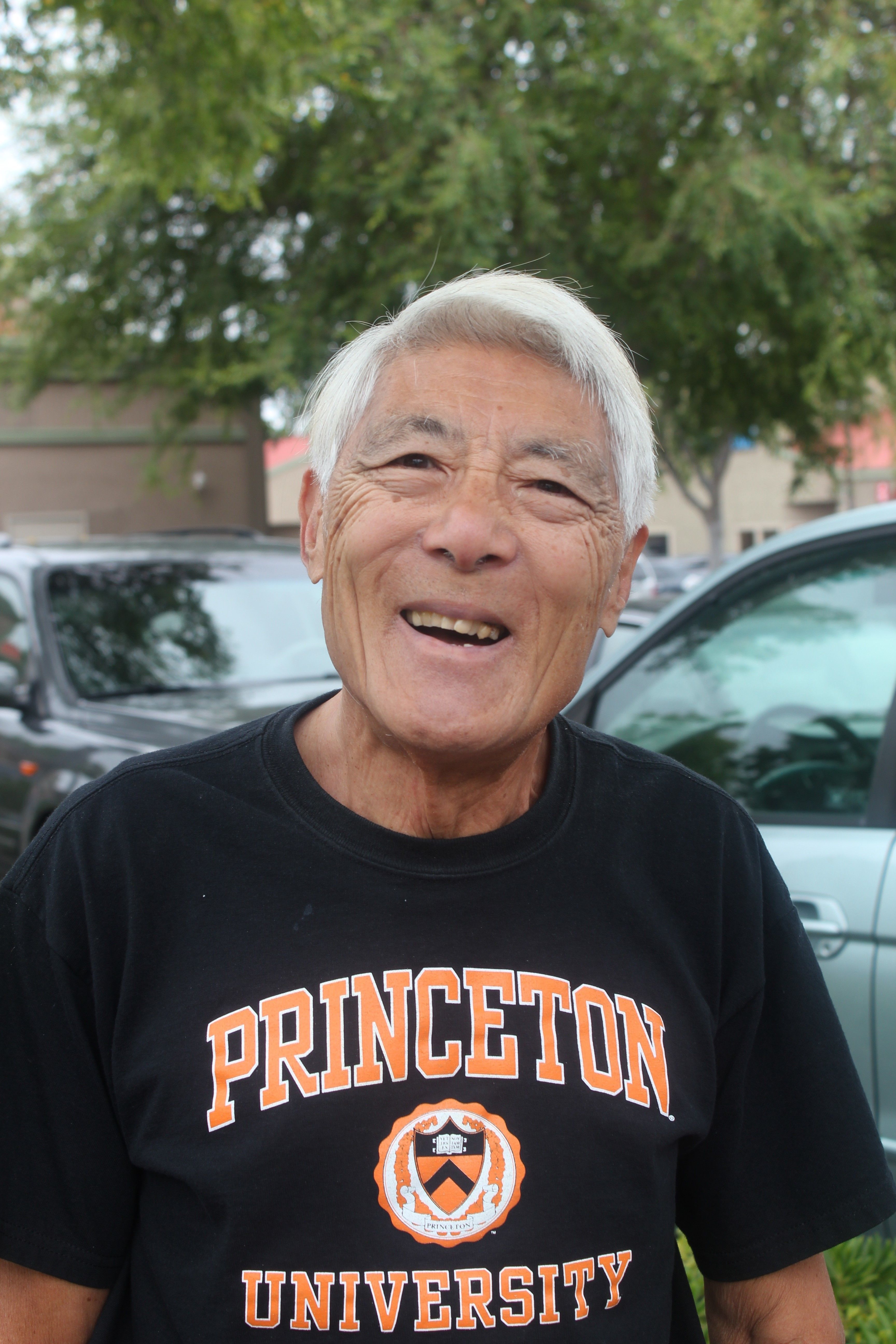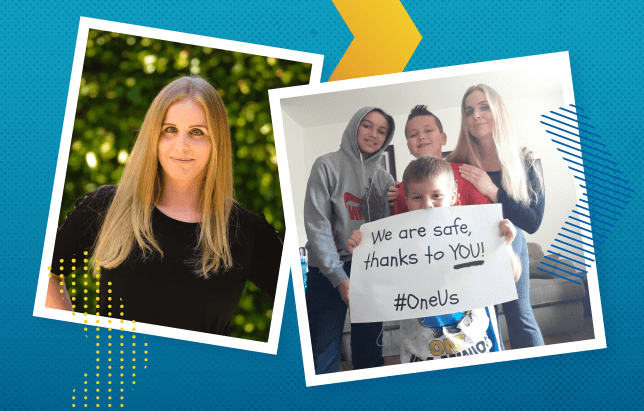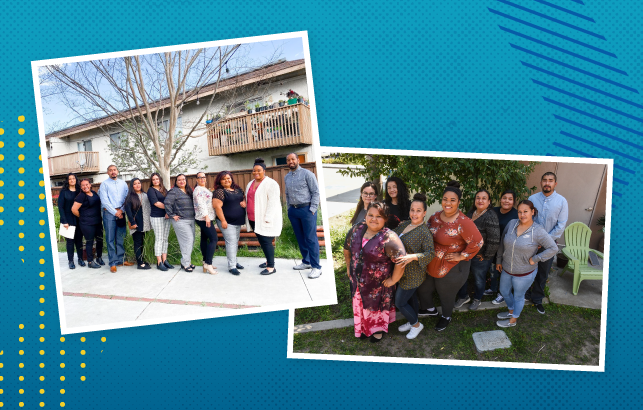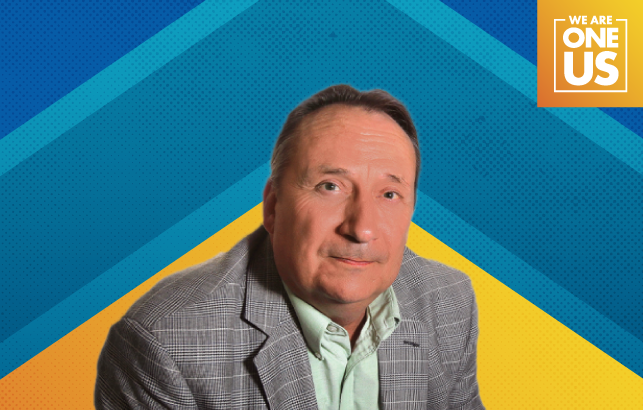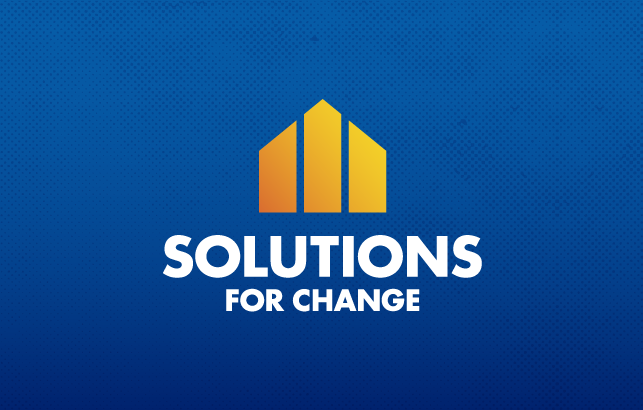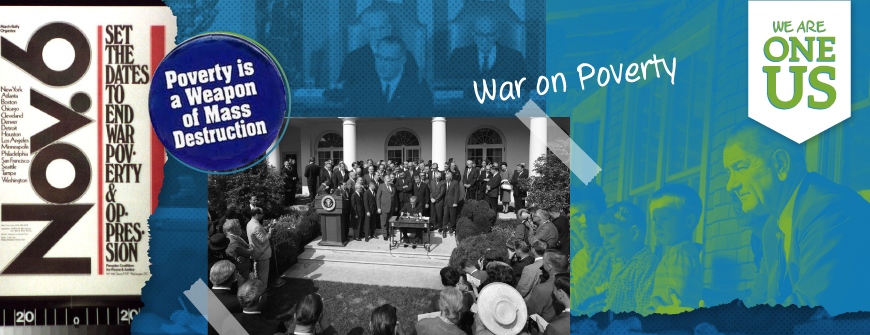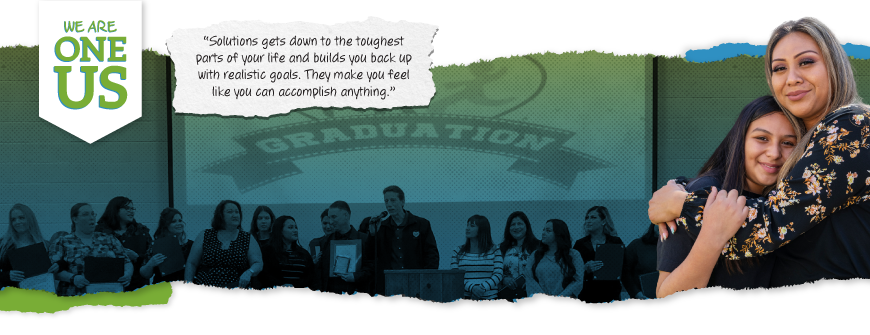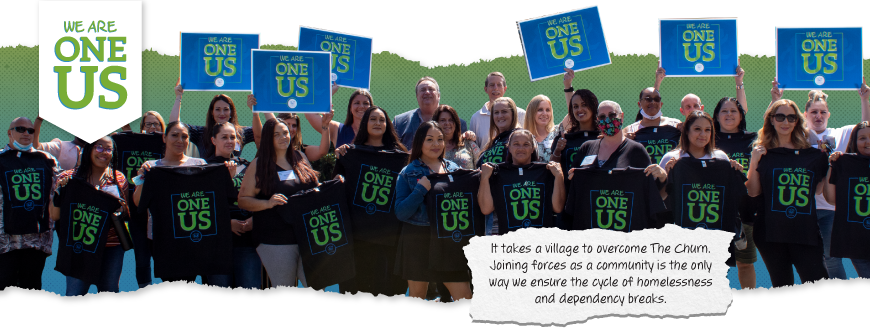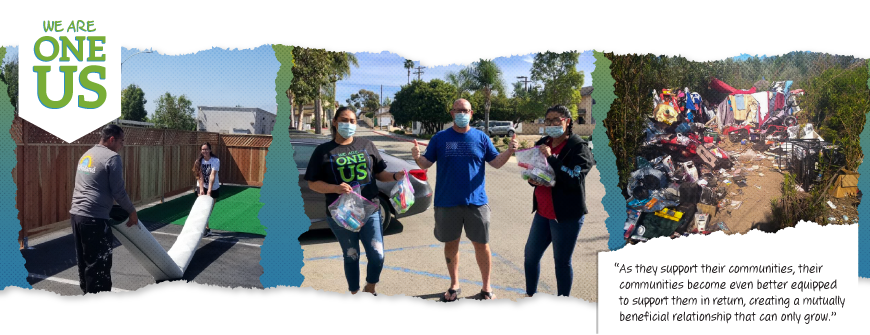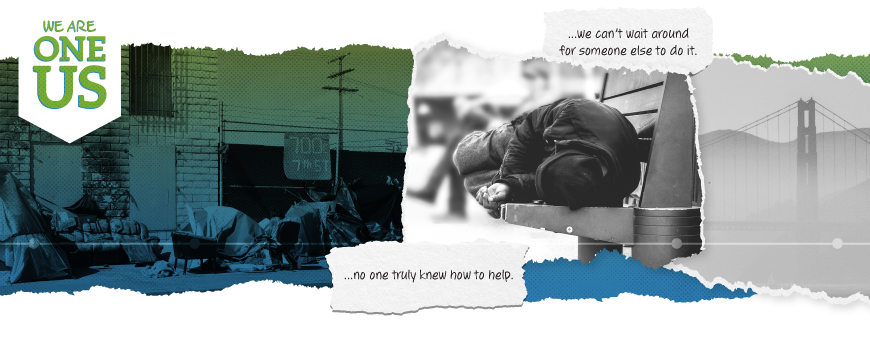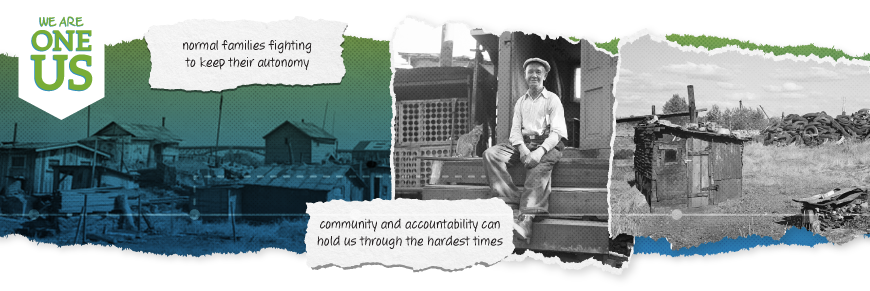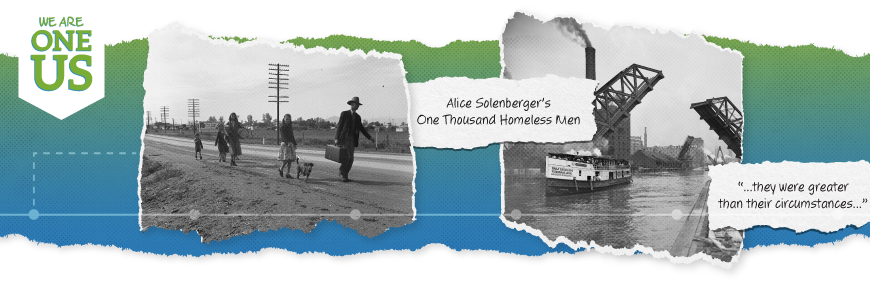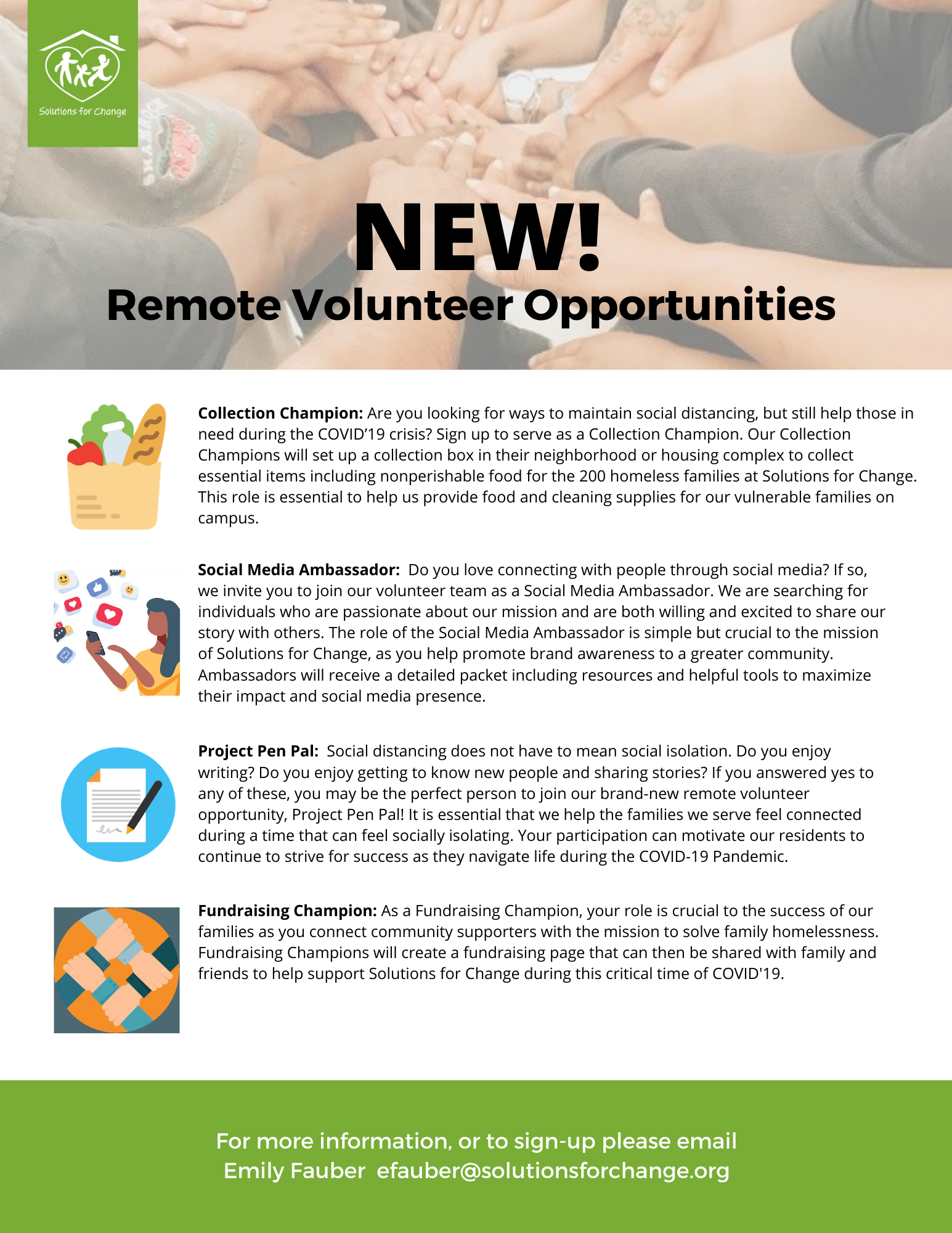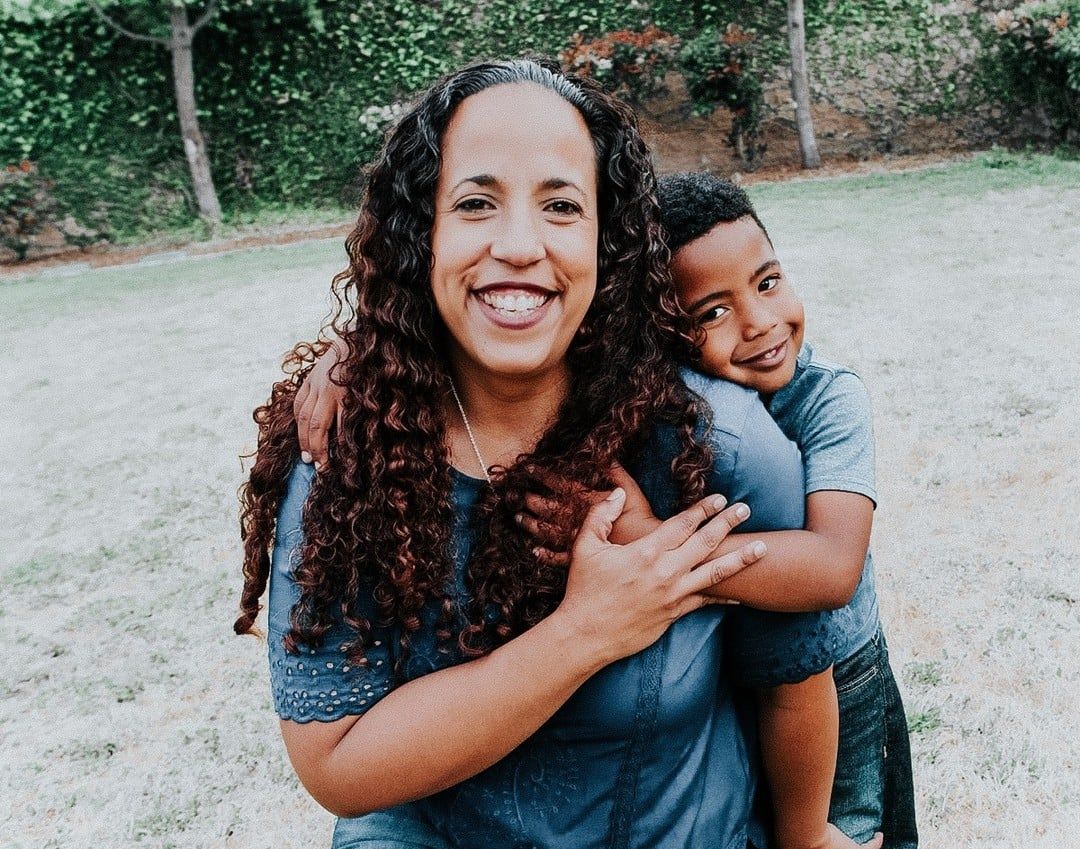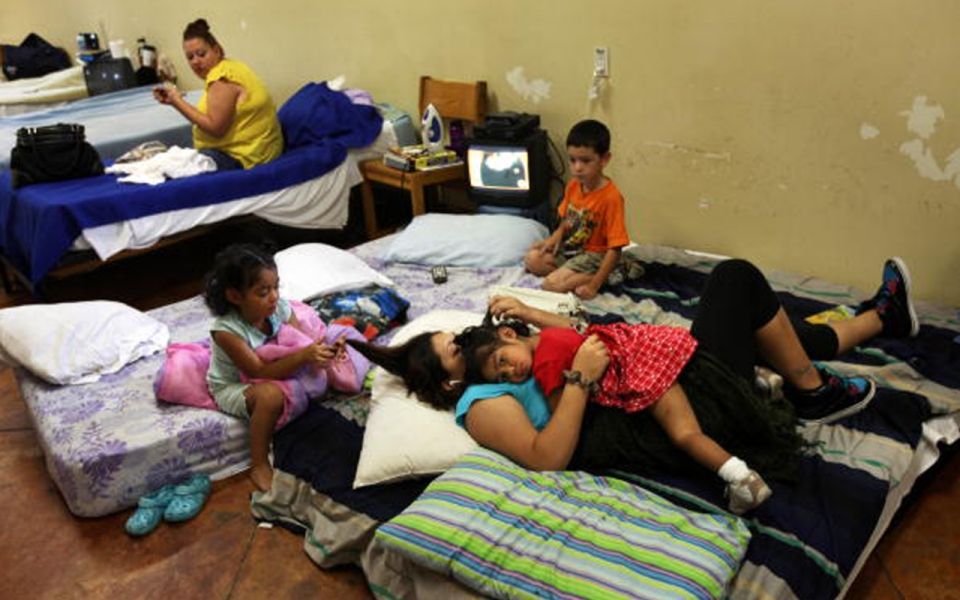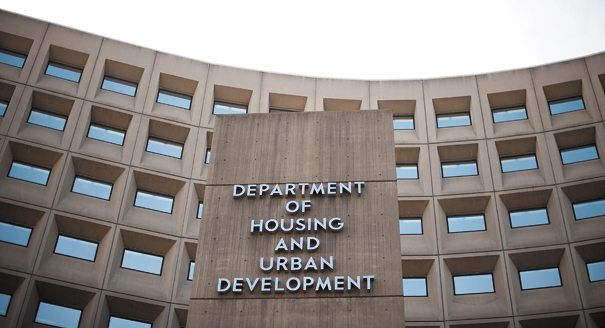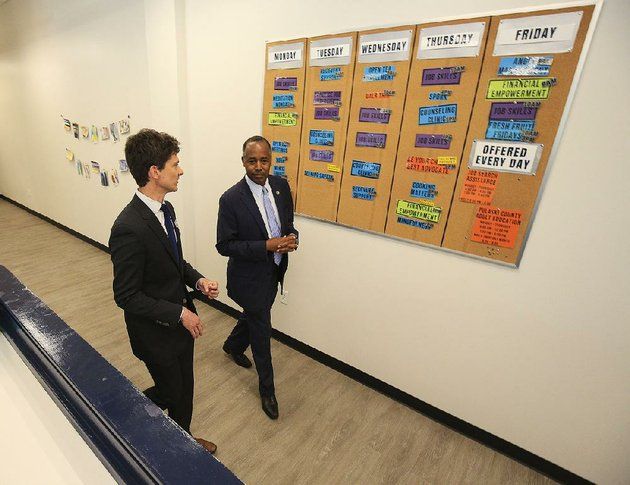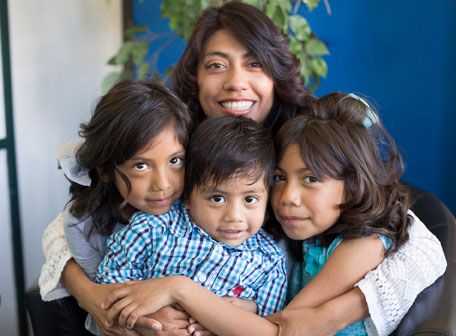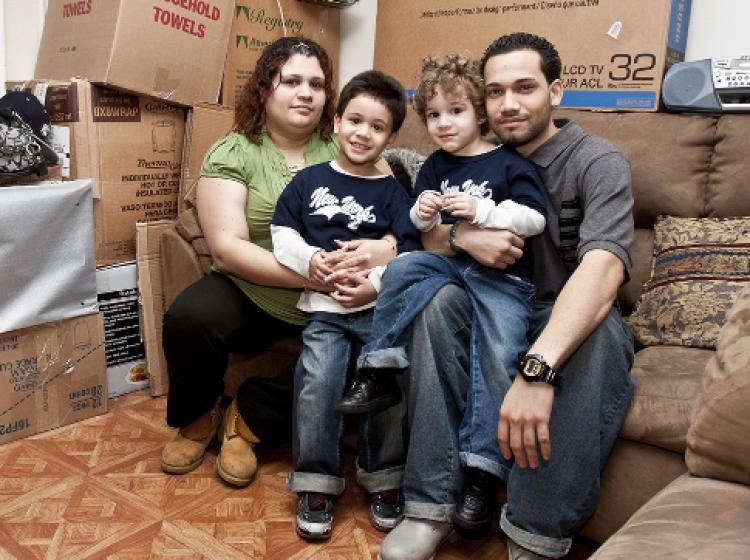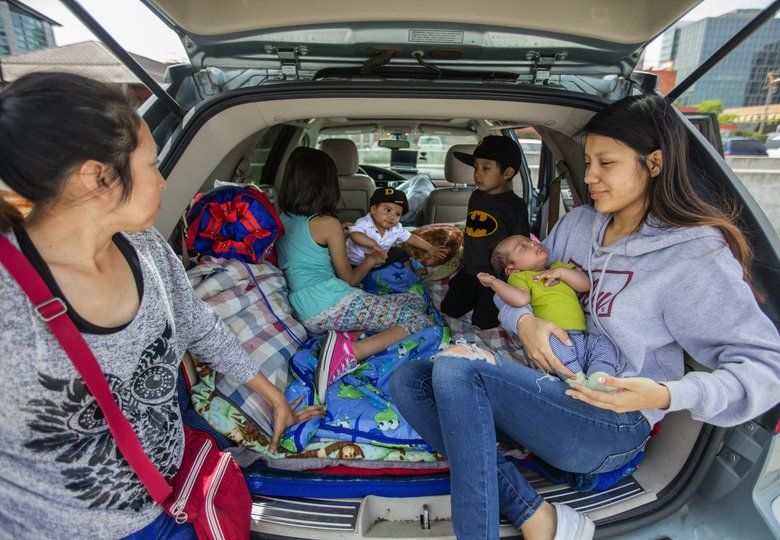Stories to Shape How We Solve Homelessness
Below are Overcomer testimonials, news from Solutions programs and other information that can help us all reduce homelessness.
An important message from the Solutions for Change founding Visionary and CEO, Chris Megison.
How Jessica Escaped The Churn After Decades of Addiction and Abuse
How Anabel Built a Better Life After Her Addiction Burned Bridges
How a Single Mom Overcame Addiction and Changed Her Family’s Future
Why Work-Related Training is Essential to SFC Programs
President and CEO, Chris Megison, goes live on Facebook to discuss this decision and how far we've come since then.
Corine's Journey from Homelessness to Leadership
Why We’re Fighting Back Against “Housing First’s” Biggest Mistake
How to recognize and overcome unhealthy codependent relationships
And How We Can Use These Lessons to Make Better Solutions
How Raniqua Learned to Embrace Change So Life Could Fall into Place
A look at Solutions’ success from its Overcomers
Sonya's journey with Solutions for Change
How committing to their community helped Joe and Sammie overcome The Churn.
We have collected some of our favorite overcomer stories to share the realities of homelessness in 2020 and the real solutions that are working now.
How top-down policies create the churn of dependency
Johnny and Monica's Journey to Stability
How Lilia Reclaimed Her Life and Career
The Rise of Veteran Homelessness and How We Can Help
Read about Roxanne's journey transforming her life and becoming an employee of Solutions for Change.
Poverty Can’t Be Ignored: How Perceptions of Homelessness Changed in the Great Depression
Finding Freedom Within a Community: How Justine Landed a Dream Job through Solutions for Change
A response from the Solutions for Change Board of Directors on the October 26, 2020 Union Tribune Article
How An Early 20th Century Researcher Discovered the Root Causes of Homelessness
Christa, a Solutions for Change Overcomer explains how the program saved her life.
Exploring the Past of Homelessness to Build a Better Future
“The most transformational thing Solutions for Change did for me was trust me. They trusted me to learn and work hard,” Jennifer said. “They saw value in me that I had never seen in myself. Being a productive adult built up my self-worth, which I didn’t even know I didn’t have.”
EXCITING NEWS! THE NEXT CHAPTER OF SOLUTIONS FOR CHANGE IS HERE! As a supporter of our mission to transform lives for families you are not only part of this next chapter, you are critical to its success!
In the United States, homelessness is an often-overlooked issue that has massive impacts on the health and wellbeing of families nationwide. David H. Crean (Board of Directors) wrote about the consequences of homelessness on the youth, demonstrated through a variety of studies. For instance, statistics show that homeless children are more likely to develop various physical and mental health-related problems. These in turn have…
Dear Friends of Solutions for Change, You made something remarkable happen at a very scary and uncertain time that I want to share with you. The six hundred once homeless kids and their parents who live in one of the five different Solutions for Change campuses in Escondido, Vista and Oceanside are safe, healthy and they are, for the most part and in a strange sort…
Donation Needs During COVID’19 • Feminine hygiene items • Deodorant • Cleaning Supplies • Snack bars/protein bars • Trash bags • All non perishable foods • Milk • Eggs • Lunch meat • Hand sanitizer • Soap • Laundry powder • Paper towels • Toilet paper • Wipes • Disinfectant wipes • Gloves To make a monetary donation, click here We sincerely appreciate your help in this…
Being homeless is living in a state of constant potential trauma. You’re at the mercy of the elements, you’re worried about your stuff getting stolen, and society treats you like a second-class citizen. It’s hard enough being homeless as an adult in America — imagine how this trauma affects a child. “Childhood trauma has lifelong negative effects on physical and mental health,” explains Dr. Ellen Bassuk…
Solutions Institute provides education, advocacy, and replication and business development services. The Institute serves the public by creating relevant information about homelessness and homeless assistance public policy and advocates for the homeless, communities, and taxpayers regarding laws and regulations to address homelessness. The Institute also promotes the Solutions for Change transformational model community by community to replicate its impactful work. Sign up here for updates…
The Huffington Post recently published an article titled “Why America Can’t Solve Homelessness.” It is a pretty typical piece of lazy journalism that blames the economy and apathetic government for increased homelessness. The article repeats the tired liberal saw that the economy is a fixed pie and when some people do well, other will do poorly. The Washington Post repeated this theme in its article “How…
It is very important to understand that the increase in homelessness and property crimes is happening by design, due to State of California’s legislative overreach that is handcuffing local cities. For nearly two decades I have been warning of the traps of symptom relief when it comes to dealing with the homeless issue. In fact, in 1999 we called ourselves Solutions for Change for this exact…
The second largest population of people experiencing homelessness is in Los Angeles. L.A. county hosts some 50,000 people living on the streets. in 2016, the City and County both passed tax increased to build more housing for the homeless. In addition to funding passed by the state of California, L.A. is swimming in money for the homeless. Despite billions of dollars of funding, L.A. is finding…
Every year the U.S. Department of Housing and Urban Development (HUD) submits an Annual Homeless Assessment Report (AHAR) to Congress. This report provides national estimates of homelessness based on two sources: Homeless Management Information System (HMIS) and Point-in-Time (PIT) counts. This single annual report not only serves as a final report to Congress; it sets the standard homelessness policy that will govern the entire nation. Here…
Homelessness in New York Public Schools is at a record high of 114,659 students, that’s an estimated one in 10 students. The number of students in temporary housing has increased from 69,244 children in 2010 to 114,659 students. Often, when social problems increase, politicians and advocates stress the need for more money. The issue; however, is not a lack of resources, but a policy conflict regarding…
This November, California voters will have the opportunity to make a difference and ensure that California remains a place where working families can thrive and give back to their community. Homelessness and affordable housing are some of the biggest challenges facing California. In fact, affordable housing, homelessness, and crime are the top three issues on people’s minds right now according to recent polls. The following state-wide…
H.R. 1511, the Homeless Children and Youth Act (HCYA), passed the Financial Services Committee with a 39-18 vote on Tuesday, July 24. The passage allows the bill to be considered by the entire House of Representatives. Though this legislation still has to go through the House and Senate for votes, this is a big step in bipartisanship. In rare display, the vote shows that lawmakers can…
The public is starting to understand that the predominant federal strategy to end homelessness is failing. Providing every homeless person with a permanent home has not reduced the number of homelessness – particularly in places like New York, Seattle, and California – and is an expensive and unrealistic objective. In California, tent camps have increased the visibility of homelessness. San Francisco has built nearly 3,000 units…
The federal government’s “housing first,” approach has failed to end chronic homelessness today. In fact, their flawed economic logic may actually be sustaining chronic homelessness in the future. This downstream approach requires communities to maximize services for chronically homeless people, regardless of local circumstances, needs, and the potential to prevent chronic homelessness through other approaches. HUD needs to reexamine its policies, and realize that upstream approaches…
Yesterday, the Subcommittee on Housing and Insurance conducted a legislative hearing on H.R. 1511, the “Homeless Children and Youth Act.” This is an important piece of legislation because it will amend the McKinney-Vento Homeless Assistance Act to meet the needs of homeless children, youth, and families, and honor the assessments and priorities of local communities. The hearing highlighted the discrepancies between how homelessness is defined by different…
Lexington announced that the number of people experiencing homelessness has dropped to an all-time low. Lexington is the second-largest city in Kentucky with a population of 318,449. The city has not experienced such a drop since 2005. Since 2014, the city has adopted HUD’s homelessness assistance policies, focusing its efforts and funding on providing permanent housing for their homeless population. The city created the Office of…
On Thursday, June 14, in a 230-173 vote, the House passed HR 5735, also known as the “THRIVE Act.” The THRIVE Act, sponsored by Representative Andy Barr (R-KY) is designed to support transitional housing for individuals recovering from opioid addiction through Section 8 housing vouchers. This proposal would create a demonstration program to allocate 10,000 vouchers to provide individuals struggling with opioid addiction or substance abuse…
National Coalition of Homelessness Solutions member, Our House, hosted HUD Secretary Ben Carson, last Tuesday as he made his rounds across the nation to find solutions to tackle homelessness. Our House, located in Little Rock, Arkansas empowers homeless and near-homeless families and individuals to succeed in the workforce, in school, and in life through hard work, wise decision-making, and active participation in the community. Executive Director…
As mentioned previously on this page, HUD’s definition of homelessness excludes children and youth who live in motels, couch surf, or double up with friends and relatives. The annual Point in Time (PIT) count of the homeless is incredibly influential, despite its inaccuracies, because the data dictates how much funding will go to homeless assistance grants. It influences which homeless prevention programs, in what regions receive…
The Coast News Group released an article about Solution for Change’s decision to not adopt a Housing First Model. Housing First is an approach that prioritizes providing permanent housing without any requirements of sobriety, employment or workforce training, or case management. This approach, combined with state policies that normalize drug use, are efforts to reduce harm rather than prevent the loss of human potential. Solution for…
Last week, Solutions for Change and other organizations dedicated to solving homelessness launched their website. The National Coalition for Homelessness Solutions is dedicated to making policy changes that support homeless families, children, and youth. The site will be an important part of advocacy news, and other important information in the effort to solve family homelessness once and for all. The National Coalition for Homelessness Solutions is…
Rapid re-housing is a strategy that has become the dominant strategy for addressing family homelessness. Rapid re-housing aims to quickly house families through temporary rental assistance in market-rate housing. The Department of Housing and Urban Development (HUD) is a strong supporter of rapid re-housing and see it as the best use of limited resources. Providing a rental subsidy for six months or more is less expensive…
In the movie The Jerk, Steve Martin plays Navin Johnson, a man who can’t seem to make sense of the obvious. One famous scene depicts Navin as an old school gas station attendant targeted by a would-be assassin. As bullets riddle nearby oil cans, Navin assumes that the assassin has a major grudge against cans. “He hates these cans! Stay away from the cans!” In
Have you heard that providing housing ends homelessness? It’s a clever phrase, but it fails to take into account the real complexities of ending dependency, poverty, and establishing self sufficiency. Add to that local and national politics, conflicting policy goals, and a real lack of understanding of what it takes to solve homelessness and it’s no wonder so many people are getting this issue wrong. One…
The U.S. Department of Housing and Urban Development’s (HUD) lack of attention to youth homelessness has left children vulnerable and without the proper resources to assist them and break the cycle of poverty. For Fiscal Year 2019, $2.38 billion was provided to Homeless Assistance Grants (HAG), an increase of $133 million over the President’s Fiscal Year 2018 budget request. But most of this money will never…
ICPH recently released a policy commentary asking the question “Are We Really Counting America’s Homeless Families?” The piece compared what we know about the “official” count of homelessness via HUD’s Point in Time Count and what we know from the Department of Education’s count of homeless children. The disparity is significant. In San Diego, the HUD PIT counted 1,714 homeless people in families last year. At…

